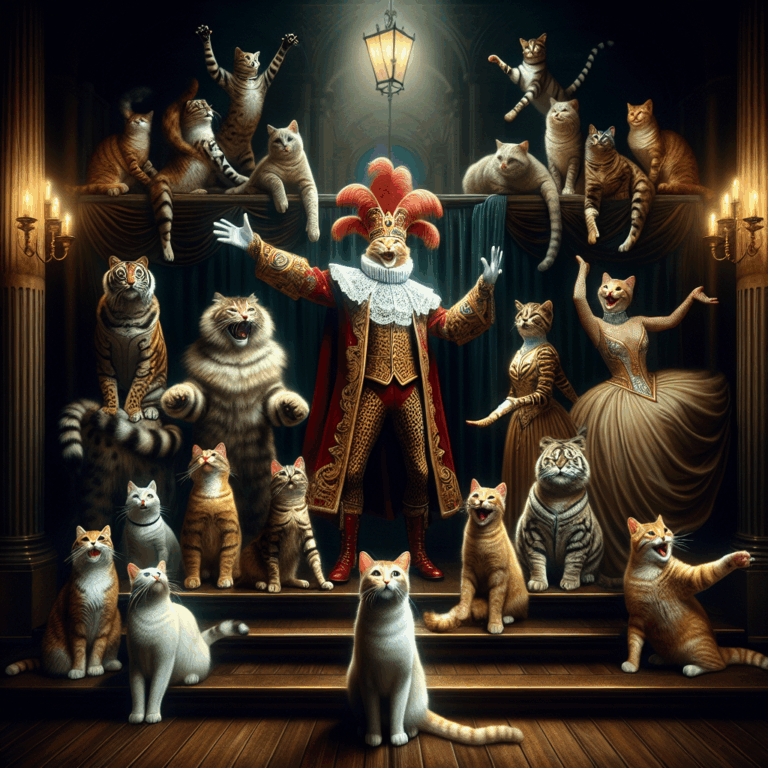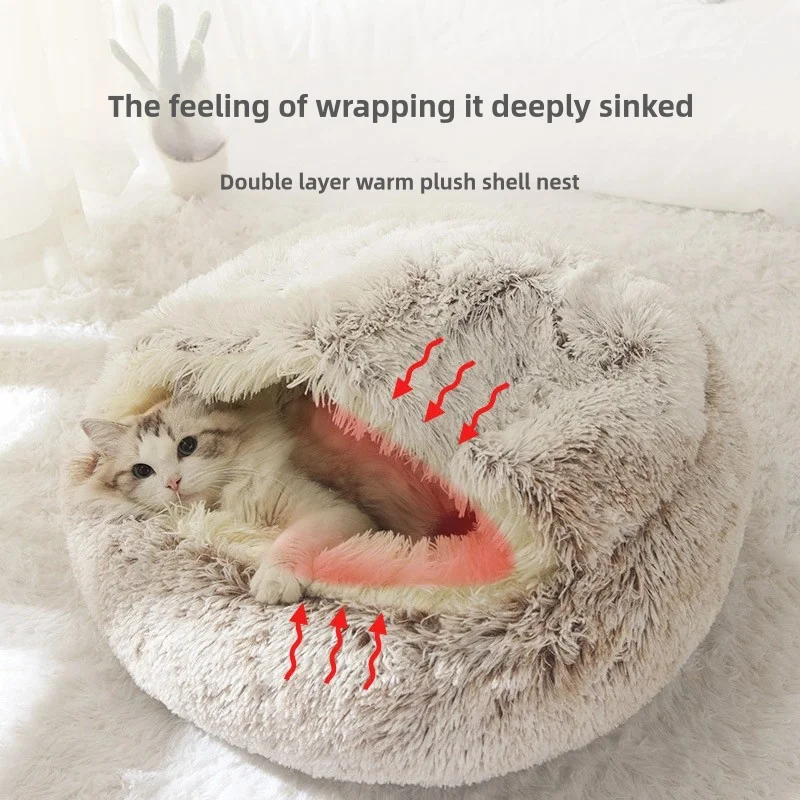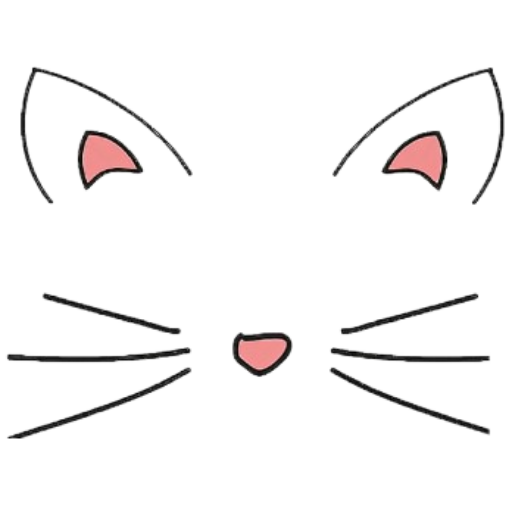The Feline Entertainers: Cats and Their Influence on Theatre and Performance Arts
- No Comments
In the grand tapestry of human culture, the theatre and performance arts stand as some of the most vibrant and expressive mediums. While many are familiar with the influence of historical figures, playwrights, and actors in shaping these forms of entertainment, few recognize the subtle yet significant role played by our feline companions. Cats, with their enigmatic presence and graceful movements, have long inspired and even participated in the world of theatre and performance arts, leaving a paw print that is both intriguing and profound.
From the grandeur of Shakespearean productions to the intimate setting of a modern-day playhouse, cats have been a source of inspiration for countless playwrights and directors. Their mysterious demeanor, characterized by an air of aloofness and curiosity, has served as a muse for characters that captivate audiences worldwide. The character of the Cheshire Cat in Lewis Carroll’s “Alice in Wonderland,” with its trademark grin and cryptic dialogue, exemplifies how the enigmatic nature of cats can be translated into unforgettable stage personas.
Beyond mere inspiration, cats have made direct appearances on stage, captivating audiences with their unpredictability and charm. In the 17th century, during the height of the English Restoration, cats were often included in performances to add an element of surprise and humor. Their unpredictable antics and ability to navigate complex stage setups without a script made them a unique addition to the theater experience. In more contemporary settings, productions like Andrew Lloyd Webber’s “Cats” showcase feline-inspired choreography and music, capturing the essence of their movements and allure.
Moreover, cats have played a crucial role behind the scenes, particularly in historical theatres. In the era before modern pest control, many theatres maintained resident cats to keep rodent populations at bay. These working cats ensured the preservation of valuable costumes and props, protecting the integrity of productions. Their presence backstage also offered a sense of companionship and comfort to actors and crew members, often becoming beloved mascots of the theatre companies they served.
The influence of cats extends into the realm of mime and physical theatre, where their fluid movements and expressive body language are studied and emulated by performers. Actors often observe the way cats stretch, leap, and express emotion through subtle gestures, incorporating these observations into their craft to create more dynamic and lifelike performances. This study of feline behavior enriches the physicality of characters, adding depth and authenticity to productions.
In the world of performance art, where every gesture and movement is a deliberate choice, the inherent unpredictability of cats adds a layer of spontaneity that can transform a performance. Artists such as Laurie Anderson have even incorporated live cats into their performances, using their natural behaviors to create an ever-evolving piece of art that challenges the boundaries between artist and animal, audience and performer.
As we continue to explore the intersection of humans and their feline counterparts in the arts, it becomes increasingly clear that cats hold a unique place in the world of theatre and performance. Their influence, both direct and indirect, enriches our cultural tapestry, adding layers of mystery, humor, and grace that have captured the imaginations of audiences for centuries. Whether as inspiration, performers, or collaborators, cats have left an indelible mark on the stage, proving once again that their role in human history is as multifaceted as it is enduring.

In the grand tapestry of human culture, the theatre and performance arts stand as some of the most vibrant and expressive mediums. While many are familiar with the influence of historical figures, playwrights, and actors in shaping these forms of entertainment, few recognize the subtle yet significant role played by our feline companions. Cats, with their enigmatic presence and graceful movements, have long inspired and even participated in the world of theatre and performance arts, leaving a paw print that is both intriguing and profound.
From the grandeur of Shakespearean productions to the intimate setting of a modern-day playhouse, cats have been a source of inspiration for countless playwrights and directors. Their mysterious demeanor, characterized by an air of aloofness and curiosity, has served as a muse for characters that captivate audiences worldwide. The character of the Cheshire Cat in Lewis Carroll’s “Alice in Wonderland,” with its trademark grin and cryptic dialogue, exemplifies how the enigmatic nature of cats can be translated into unforgettable stage personas.
Beyond mere inspiration, cats have made direct appearances on stage, captivating audiences with their unpredictability and charm. In the 17th century, during the height of the English Restoration, cats were often included in performances to add an element of surprise and humor. Their unpredictable antics and ability to navigate complex stage setups without a script made them a unique addition to the theater experience. In more contemporary settings, productions like Andrew Lloyd Webber’s “Cats” showcase feline-inspired choreography and music, capturing the essence of their movements and allure.
Moreover, cats have played a crucial role behind the scenes, particularly in historical theatres. In the era before modern pest control, many theatres maintained resident cats to keep rodent populations at bay. These working cats ensured the preservation of valuable costumes and props, protecting the integrity of productions. Their presence backstage also offered a sense of companionship and comfort to actors and crew members, often becoming beloved mascots of the theatre companies they served.
The influence of cats extends into the realm of mime and physical theatre, where their fluid movements and expressive body language are studied and emulated by performers. Actors often observe the way cats stretch, leap, and express emotion through subtle gestures, incorporating these observations into their craft to create more dynamic and lifelike performances. This study of feline behavior enriches the physicality of characters, adding depth and authenticity to productions.
In the world of performance art, where every gesture and movement is a deliberate choice, the inherent unpredictability of cats adds a layer of spontaneity that can transform a performance. Artists such as Laurie Anderson have even incorporated live cats into their performances, using their natural behaviors to create an ever-evolving piece of art that challenges the boundaries between artist and animal, audience and performer.
As we continue to explore the intersection of humans and their feline counterparts in the arts, it becomes increasingly clear that cats hold a unique place in the world of theatre and performance. Their influence, both direct and indirect, enriches our cultural tapestry, adding layers of mystery, humor, and grace that have captured the imaginations of audiences for centuries. Whether as inspiration, performers, or collaborators, cats have left an indelible mark on the stage, proving once again that their role in human history is as multifaceted as it is enduring.


